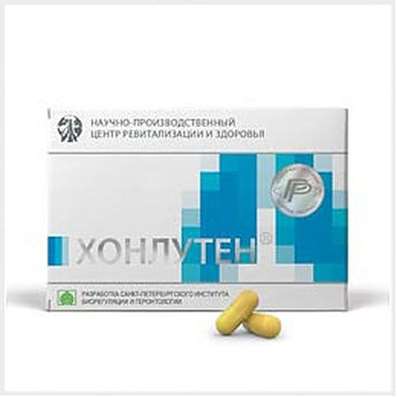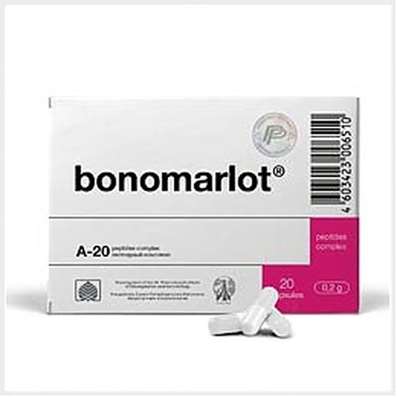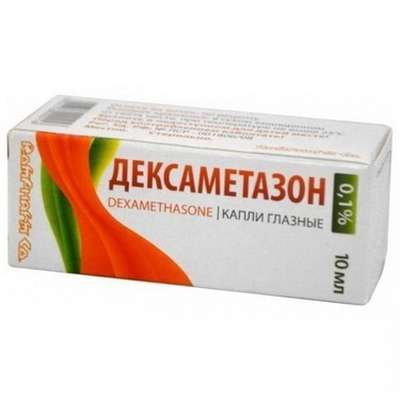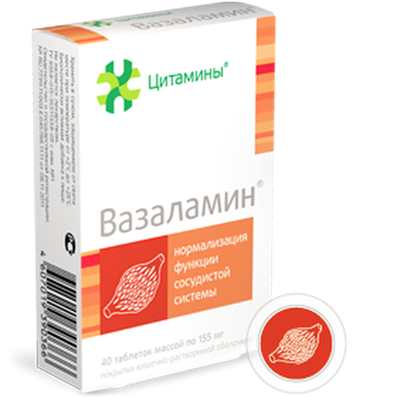Instruction for use: Tantum Rosa
I want this, give me price
Active substance Benzydamine
ATX code G02CC03 Benzydamine
Pharmacological group
Other non-narcotic analgesics, including non-steroidal and other anti-inflammatory drugs
Nosological classification (ICD-10)
N72 Inflammatory diseases of the cervix uteri
Muco-purulent cervicitis, Inflammatory diseases of female genitalia, Inflammatory diseases of female genital organs, Gonorrheal cervicitis, Infection of the genitals, Non-gonorrhal cervicitis, Uncomplicated cervicitis, Nonspecific cervicovaginitis, Acute gonorrhea cervicitis, Cervicovaginitis, Cervicitis, Exocervicitis, Bacterial colpitis
N76 Other inflammatory diseases of the vagina and vulva
Atrofic vulvovaginitis, Vulvovaginitis bacterial, Vulvovaginitis estrogen-deficient, Bacterial vaginosis, Vaginitis, Vaginitis bacterial, Inflammatory diseases of the vagina and vulva, Inflammatory diseases of female genitalia, Inflammatory diseases of female genital organs, Vulvit, Vulvovaginitis, Gardnerella, Fungal vulvovaginitis in girls and virgins, Infection of the vagina, Infection of the genitals, Colpitis, Violation of purity of the vaginal secretion, Nonspecific cervicovaginitis, Nonspecific vulvitis, Nonspecific vulvovaginitis, Nonspecific colpitis, Recurrent nonspecific bacterial vaginosis, Senylic coverings, Mixed Colpus, Chronic vaginitis, Vulvovaginal infections, Bacterial vaginitis, Mixed vaginal infections
N76.8 Other specified inflammatory diseases of the vagina and vulva
Genital infections, Vaginosis, Nonspecific vaginitis, Nonspecific vulvovaginitis
N77.1 Vaginitis, vulvitis and vulvovaginitis in infectious and parasitic diseases classified elsewhere
Cervicovaginitis, Fungal vulvovaginitis in girls and virgins, Specific vulvovaginitis, Mixed vaginal infection, Mixed Vaginitis, Chronic relapsing mycosis of the vagina
N77.8 Ulceration and inflammation of the vulva and vagina in other diseases classified elsewhere
O86 Other postpartum infections
Postpartum infections, Postpartum infection
Z100 * CLASS XXII Surgical practice
Abdominal surgery, adenomectomy, Amputation, Coronary angioplasty, Angioplasty of the carotid arteries, Antiseptic skin treatment for wounds, Antiseptic Hand, Appendectomy, atherectomy, Balloon coronary angioplasty, Vaginal hysterectomy, The coronary bypass, Interventions in the vagina and cervix, Interventions on the bladder, Intervention in the mouth, Restoration and reconstructive surgery, Hand hygiene of medical personnel, Gynecologic surgery, Gynecological intervention, Gynecological surgery, Hypovolemic shock during operations, Disinfection of purulent wounds, Disinfection of wounds edges, Diagnostic intervention, Diagnostic procedures, Cervical Diathermocoagulation, Long-surgery, Replacing the fistula catheters, Infection in orthopedic surgery, Artificial heart valve, cystectomy, Short-term outpatient surgery, Short-term operation, Short surgical procedures, Krikotireotomiya, Blood loss during surgery, Bleeding during surgery and in the postoperative period, Kuldotsentez, laser photocoagulation, laser coagulation, retinal laser coagulation, Laparoscopy, Laparoscopy in Gynecology, CSF fistula, Small gynecological operations, Small surgical procedures, Mastectomy and subsequent plastic, mediastinotomy, Microsurgical operations on the ear, Mukogingivalnye operation, suturing, Minor surgery, neurosurgical operation, Immobilization of the eyeball in ophthalmic surgery, testectomy, pancreatectomy, Perikardektomiya, The period of rehabilitation after surgery, The period of, convalescence after surgery, Percutaneous transluminal coronary angioplasty, Pleural thoracentesis, Pneumonia postoperative and posttraumatic, Preparation for surgical procedures, Preparation for surgery, Preparation of the surgeon's hands before surgery, Preparation of the colon for surgical procedures, Postoperative aspiration pneumonia in neurosurgical and thoracic surgery, Postoperative nausea, Postoperative bleeding, postoperative granuloma, postoperative shock, The early postoperative period, myocardial revascularization, Radiectomy, gastric Resection, bowel resection, uterine Resection, liver Resection, enterectomy, Resection of part of the stomach, Reocclusion of the operated vessel, Bonding tissues during surgical procedures, Removal of sutures, Condition after eye surgery, Condition after surgery, Condition after surgery in the nasal cavity, Condition after gastrectomy, Status after resection of the small intestine, Condition after tonsillectomy, Condition after removal of the duodenum, Condition after phlebectomy, Vascular surgery, Splenectomy, Sterilization of surgical instruments, Sterilization of surgical instruments, sternotomy, Dental surgery, Dental intervention in periodontal tissues, strumectomy, Tonsillectomy, Thoracic surgery, total gastrectomy, Transdermal intravascular coronary angioplasty, Transurethral resection, Turbinektomiya, Removal of a tooth, cataract surgery, Removal of cysts, tonsillectomy, Removal of fibroids, Removing the mobile primary teeth, Removing polyps, Removing broken tooth, Removal of the uterus body, Removal of sutures, Urethrotomy, Fistula likvoroprovodyaschih ways, Frontoetmoidogaymorotomiya, Surgical infection, Surgical treatment of chronic limb ulcersm, Surgery, The surgery in the anal area, The surgery on the colon, Surgical practice, The surgical procedure, Surgical interventions, Surgery on the gastrointestinal tract, Surgical procedures on the urinary tract, Surgical procedures on the urinary system, Surgical intervention of the genitourinary system, Surgical procedures on the heart, Surgical manipulation, surgery, Surgery on the veins, Surgical intervention, Vascular surgery, Surgical treatment of thrombosis, cholecystectomy, Partial gastric resection, transabdominal hysterectomy, Percutaneous transluminal coronary angioplasty, Percutaneous transluminal angioplasty, Coronary artery bypass, tooth Extirpation, Extirpation of milk teeth, pulpectomy, pulsative cardiopulmonary bypass, tooth Extraction, teeth Extraction, cataract extraction, Electrocoagulation, endourological intervention, episiotomy, Etmoidotomiya, Complications after tooth extraction
Z51.0 Course of Radiotherapy
Supplement to external radiation therapy, Local X-ray irradiation, Radiation therapy, Brain edema associated with radiation therapy, Lesion in radiation therapy, Radiotherapy
Z51.1 Chemotherapy for neoplasm
Cystitis hemorrhagic, caused by cytostatics, Urotoxicity of cytostatics
Composition
Powder for preparation of vaginal solution 1 sachet
active substance:
benzidamine hydrochloride 0.5 g
auxiliary substances: trimethylacetylammonium-p-toluene sulfonate; povidone; sodium chloride
Description of dosage form
Homogeneous granules of white color without lumps and foreign particles.
pharmachologic effect
Pharmacological action - anti-inflammatory local anesthetic local.
Pharmacodynamics
Benzidamine - NSAIDs, belongs to the group of indazoles. Has anti-inflammatory and local anesthetic effect, has antibacterial, antifungal and antiseptic effect.
The mechanism of action of the drug is associated with the stabilization of cell membranes and inhibition of GH synthesis.
Benzydamine has an antibacterial effect due to the rapid penetration of microorganisms through the membranes, followed by damage to cellular structures, metabolic disorders and cell lysosomes.
Has an antifungal effect against Candida albicans. It causes structural modifications of the cell wall of fungi and their metabolic chains, thus, prevents their reproduction, which was the basis for the use of benzidamine in inflammatory processes, incl. infectious etiology.
Pharmacokinetics
When applied locally, the drug is well absorbed through the mucous membranes and penetrates into inflamed tissues. Excretion of the drug occurs mainly by the kidneys and through the intestine in the form of metabolites or conjugation products.
Indications
as a therapeutic and prophylactic agent for the prevention of postpartum infectious complications;
specific vulvovaginitis (in complex therapy);
nonspecific vulvovaginitis and cervicovaginitis of any etiology, including those developed secondary to chemotherapy and radiotherapy;
bacterial vaginosis;
prevention of postoperative infectious complications in operative gynecology.
Contraindications
Hypersensitivity to any of the components of the drug.
Side effects
In rare cases, allergic reactions, dry mucous membranes are possible.
Interaction
The clinically significant interaction of the drug TantumŪ Rose with other drugs has not been established.
Dosing and Administration
Intravaginal.
Content 1 pack. dissolved in 500 ml of boiled water. 140 ml of the resulting solution is used for a single syringe. The prepared solution can be stored up to 5 days at room temperature. With repeated use, the solution must be heated to body temperature.
The procedure should be carried out lying down, the liquid should remain in the vagina for several minutes.
In the postpartum period, as a therapeutic and prophylactic means to accelerate the process of rehabilitation and prevention of postpartum infectious complications: vaginal irrigation once a day for 3-5 days.
With bacterial vaginosis: vaginal irrigation 1-2 times a day for 7-10 days.
With nonspecific vulvovaginitis and cervicovaginitis of any etiology, including those secondary to chemotherapy and radiotherapy: 2 times a day for at least 10 days.
With specific vulvovaginitis (as part of complex therapy): 2 times a day for 3-5 days.
Prevention of postoperative infectious complications in operative gynecology: 1 time per day for 3-5 days.
Overdose
At present, no cases of an overdose of TantumŪ Rose have been reported.
special instructions
Long-term use of the drug may lead to hypersensitivity reactions. When using the drug for long periods, a doctor's consultation is necessary.
Influence on the ability to drive vehicles, mechanisms. Does not affect.
Form of issue
Powder for the preparation of vaginal solution, 500 mg. By 9.44 grams of powder in a sachet of polypropylene paper sealed in a thermal way. 10 sachets are placed in a cardboard box.
Conditions of leave from pharmacies
Without recipe.
Storage conditions
At a temperature of no higher than 25 ° C.
Keep out of the reach of children.
Shelf life
5 years.
Do not use after the expiry date printed on the package.

 Cart
Cart





